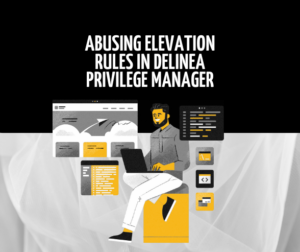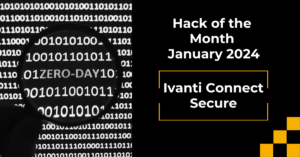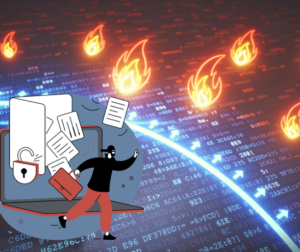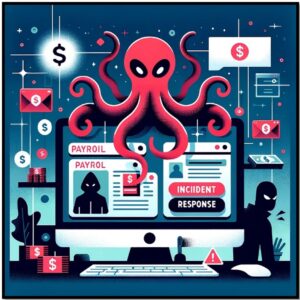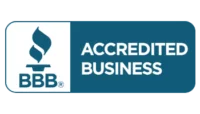Netragard’s Penetration Testing services use a research based methodology called Real Time Dynamic Testing™. Research based methodologies are different in that they focus on identifying both new and known vulnerabilities whereas standard methodologies usually, if not always identify known vulnerabilities. Sometimes when performing research based penetration testing we identify issues that not only affect our customer but also have the potential to impact anyone using a particular technology. Such was the case with the Sonexis ConfrenceManager.
The last time we came across a Sonexis ConferenceManager we found a never before discovered Blind SQL Injection vulnerability. This time we found a much more serious (also never before discovered) authorization vulnerability. We felt that this discovery deserved a blog entry to help make people aware of the issue as quickly as possible.
What really surprised about this vulnerability was its simplicity and the fact that nobody (not even us) had found it before. Discovery and exploitation required no wizardry or special talent. We simply had to browse to the affected area of the application and we were given keys to the kingdom (literally). What was even more scary is that this vulnerability could lead to a mass compromise if automated with a specialized Google search (but we won’t give more detail on that here, yet).
So lets dig in…
All versions of the Sonexis ConferenceManager fail to check and see if users attempting to access the “/admin/backup/settings.asp”, “/admin/backup/download.asp ” or the “/admin/backup/upload.asp ” pages are authorized. Because of this, anyone can browse to one of those pages without first authenticating. When they do, they’ll have full administrative privileges over the respective Sonexis ConferenceManager pages. A screen shot of the “settings.asp” age is provided below.
The first thing that we noticed when we accessed the page was that the fields were filled out for us. This made us curious, especially since the credentials appeared to belong to our customers domain. When we looked at the document source we found that we didn’t only have the “User ID:” but were also provided with the “Password:” in clear text.
As it turned out, compromising our customer’s IT infrastructure was as simple as using the disclosed credentials to VPN into their network. Once in we used the same credentials to access Active Directory and to create a second domain administrator account called “netragard”. We also downloaded the entire password table from Active Directory and began cracking that with hashcat. While that was being cracked we used our new domain admin account to access any resource that authenticated against Active Directory. Suffice it to say we had used the Sonexis ConferenceManager vulnerability to compromise the entire IT infrastructure.
But the vulnerabilities didn’t stop there…
As it turns out we could also download the Sonexis ConferenceManager Microsoft SQL database in its entirety. This was done by changing the configuration in the “settings.asp” page. Once changed to the right location we were able to download the database (after configuring samba locally).
After we downloaded the file (in zip format) we decompressed it. Decompression revealed the following contents:
Once decompressed we loaded the files into our local MsSQL database and began to explore the contents. Not only did we have audio recordings, configuration settings, and other sensitive data, but the administrative password for the Sonexis ConferenceManager was also stored in plain text as is shown in the screen shot below. This in and of its self is yet another vulnerability.
We were able to use the credentials to login to the Sonexis ConferenceManager without issue…
Last but not least…
We found that it was also possible to insert a backdoor into our local copy of the Sonexis ConferenceManager database. Once the backdoor was created we could re-zip the files and upload the “infected” Microsoft SQL database back to the Sonexis ConferenceManager. Once loaded, the backdoor will activate allowing the attacker to gain entry to the system (again).
Regarding vendor notification…
Sonexis was notified on 1/31/2012 about the authorization vulnerabilities disclosed in this article. Sonexis responded once (with a less than friendly, non-cooperative response) on 2/1/2012 and a second time (with a very friendly cooperative response) on 2/6/2012. We replied to the second response providing the full details of our research to Sonexis. Sonexis took the information and had a quick fix ready for their customers the next day on 02/07/2012! They notified their customers that same day with the following email.
We’d like to thank Sonexis for taking the time to be receptive and working with us. Not only is that the right thing to do, but it showed us that Sonexis takes their customer security very seriously. As it turned out the initial (less than friendly response) was due to a miscommunication (someone not paying attention to what we were telling them). The second response came from someone else that was actually a great pleasure to work with. Suffice it to say that in the end we were really quite impressed with how quickly Sonexis pushed out a fix (and yes it works, we verified that).
If you are a Sonexis ConferenceManager user we strongly urge you to update your system now.
Updated on: 02-16-2012
This vulnerability can be exploited from the Internet. The image below shows a small sample of Sonexis ConferenceManager users who are vulnerable. This sample was identified using a combination of ruby with a specially crafted google search.


